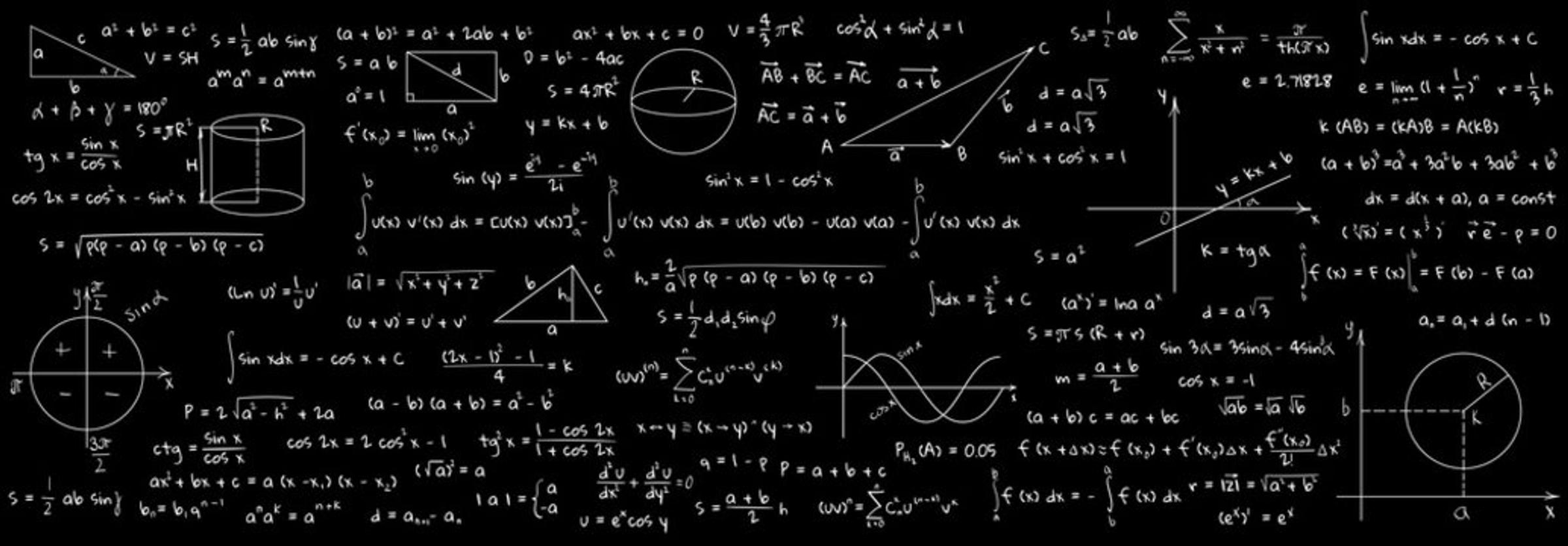Mathematics Methods

Mathematical Methods Units is designed for students wishing to pursue study at a level of Mathematics in Year 12 and beyond. The appropriate use of a computer algebra system technology (CAS) to support learning of mathematics is embedded throughout the course. Students must have successfully completed Mathematical Methods Units 1 & 2 in order to succeed in Unit 3 & 4. For the capable Mathematics student, Mathematical Methods may also be studied in conjunction with Specialist Mathematics and/or with General Mathematics.
Mathematical Methods is a key prerequisite for some tertiary courses, especially those involving science.
The area of study for these units are:
- Functions relations and graphs
- Algebra, number and structure
- Calculus
- Data analysis, probability and statistics
The award of satisfactory completion for a unit is based on whether the student has demonstrated achievement of the set of outcomes 1, 2 and 3 listed below. All assessments at Units 1 and 2 are school based, are a part of the regular teaching and learning program, and completed mainly in class and within a limited timeframe. The decision will be based on the teacher’s assessment of the student’s overall performance on assessment tasks designated for the unit. These assessments will be in the form of tests, investigation/application tasks, problem solving or modelling tasks and exams.
Student qualities:
- Students need to be committed and engaged with their study of Mathematics and enjoy working with graphing and algebraic techniques by hand and with a CAS calculator.
- Mathematical Methods is heavily theory based – students must follow up homework from each lesson to ensure new techniques are adequately practiced and reviewed before each lesson.
- Students need to do independent revision and study of the mathematical techniques learned.
Outcomes for satisfactory completion:
- To be able to define and explain key concepts as specified in the content from the selected areas of study and apply a range of related mathematical routines and procedures.
- To be able to apply mathematical processes in non-routine contexts, including situations requiring problem- solving, modelling or investigative techniques or approaches, and analyse and discuss these applications of mathematics.
- To be able to apply computational thinking and use numerical, graphical, symbolic and statistical functionalities of technology to develop mathematical ideas, produce results and carry out analysis in situations requiring investigative, modelling or problem-solving techniques or approaches.
